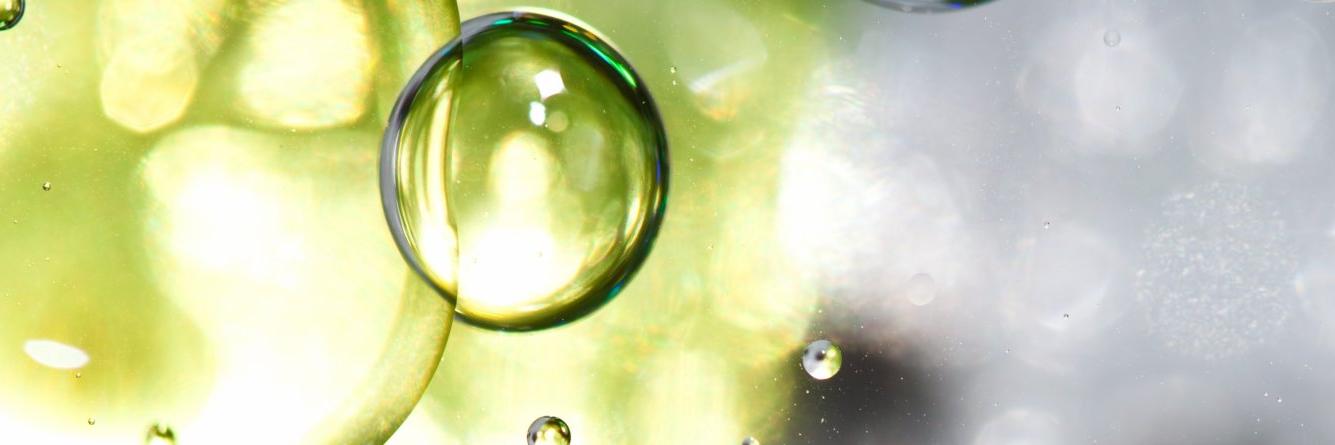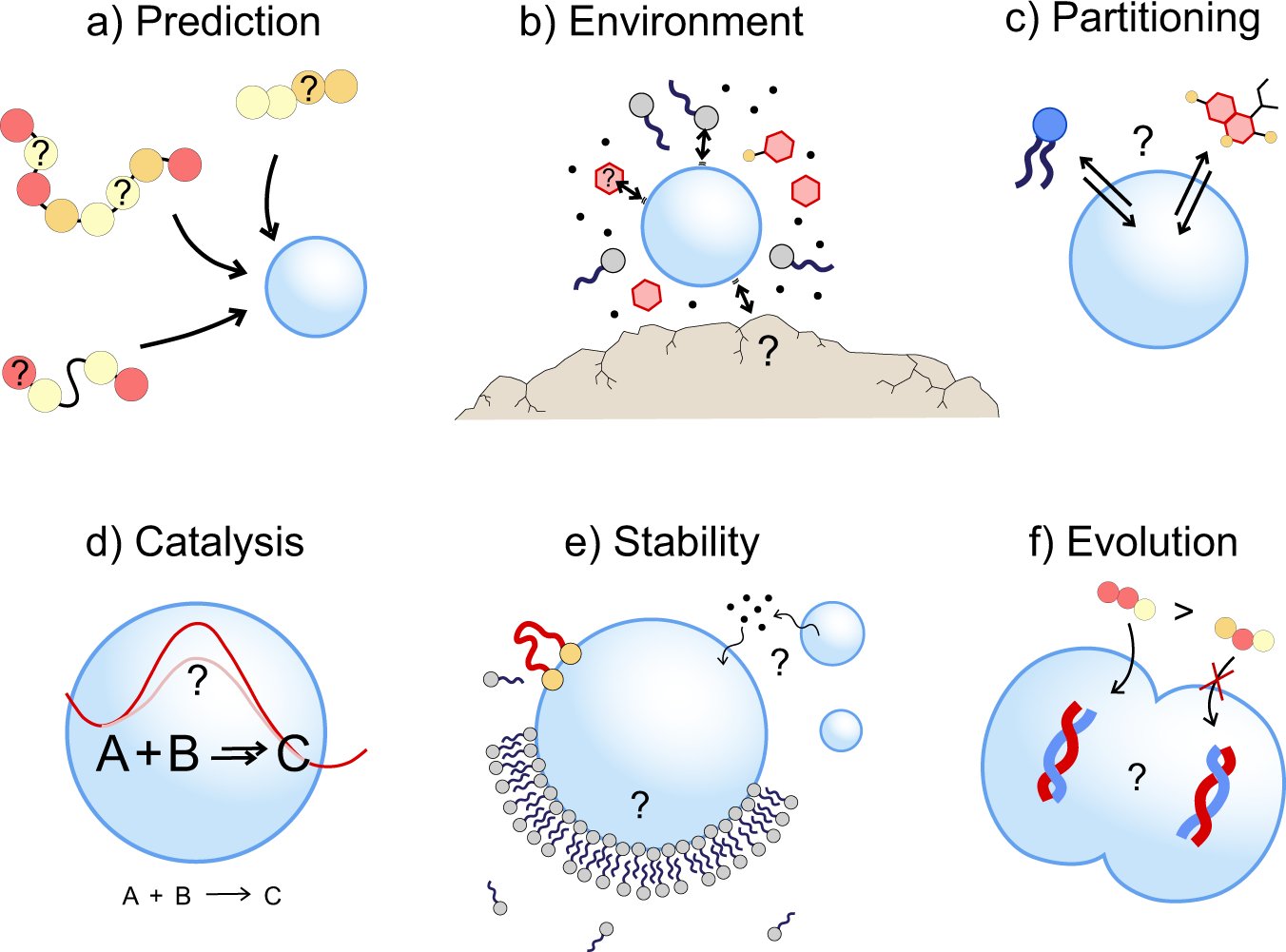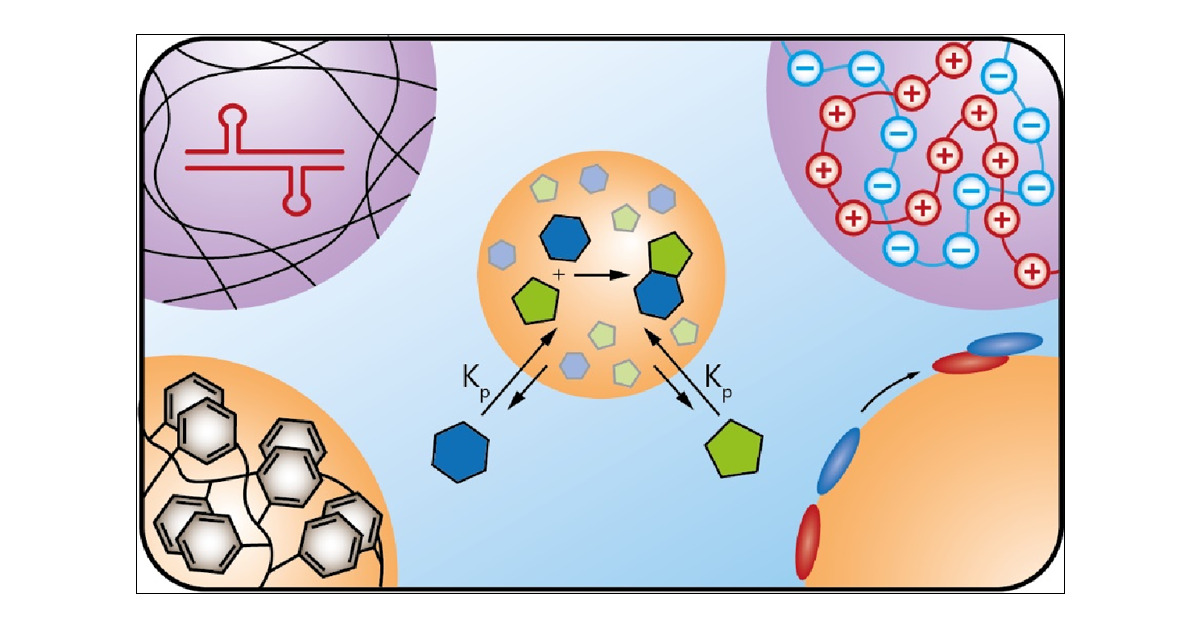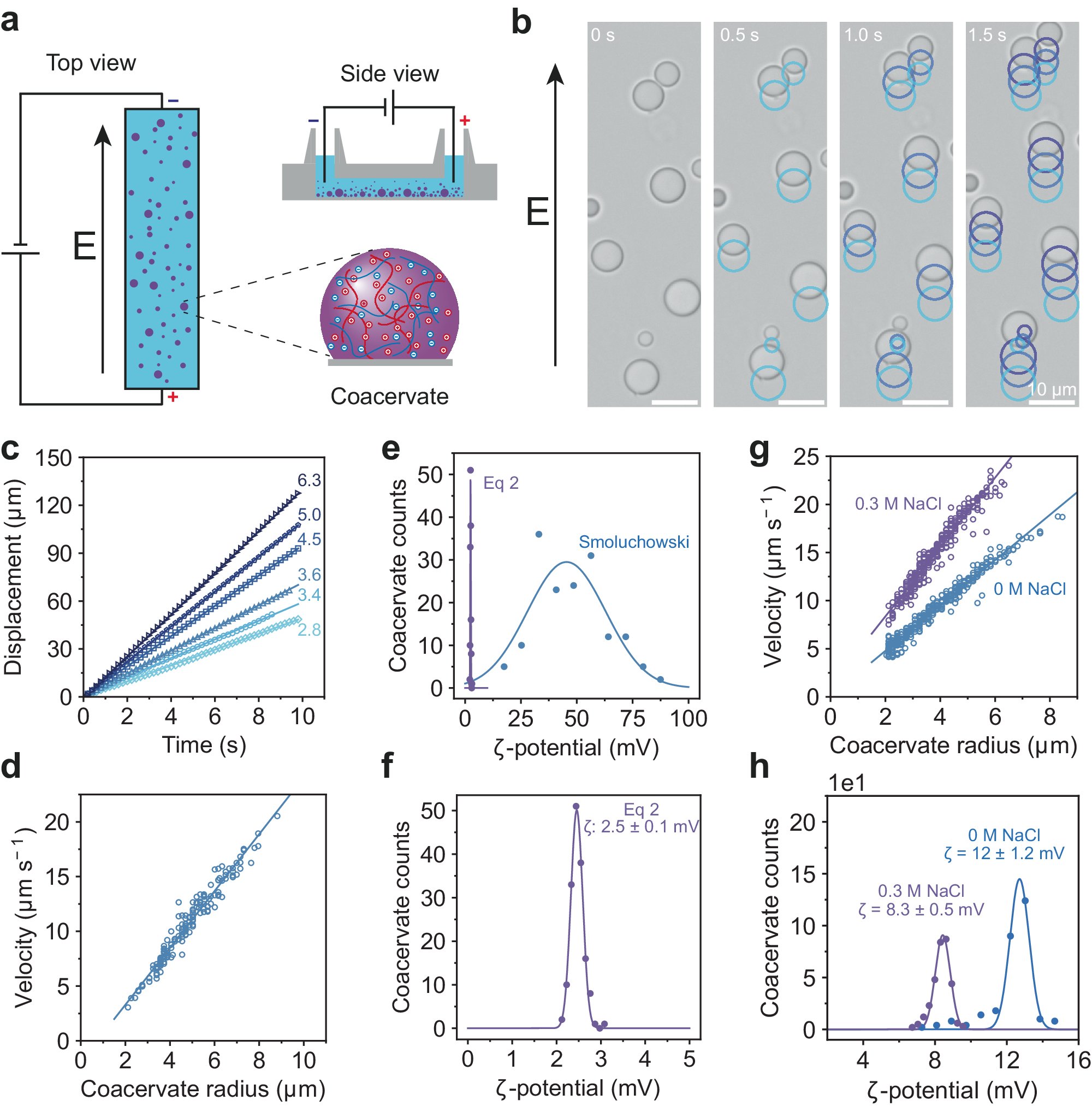
SpruijtLab
@SpruijtLab
Our lab uses coacervate based materials to investigate protocells, synthetic cells, and biomolecular condensates. Also on Bluesky *Operated by the lab
Curious about the open questions in the field of liquid-liquid phase separation? Check out our latest paper in Communications Chemistry for a discussion of current insights and open questions. Read here: nature.com/articles/s4200…

Still looking 👀 for a suitable candidate. Please retweet
📢 Open PhD position as part of #MSCA network of 17 students @ComeInCell Interested in exploring membrane stability/repair & #condensates ? Check out & apply: 👉bit.ly/4fd8HRU The project will include secondments at @SaricLab, @MarquesLab & @NatureComms
Curious how biocondensates localize ions? We found that condensates selectively bind and localize both chaotropic anions and kosmotropic cations. This alters the condensate composition, interface potential and RNA duplex stability inside. By @IrisSmokers biorxiv.org/content/10.110…
Selective ion binding and uptake shape the microenvironment of biomolecular condensates doi.org/10.1101/2024.1…
We are #hiring! For more information about our 17 #PhDposition and our #membrane and #membranecondensate projects , please check our website comeincell.org/projects/
🚀 Exciting News! Today marks the official launch of the ComeInCell MSCA Doctoral Network! 🎉 Join us as we embark on a journey to advance cellular research and innovation. Check the press release: mpikg.mpg.de/6845600/launch…
We're thrilled to announce an open PhD position on exploring controlling condensate membrane attachment and exocytosis! Collaborate across Europe in the ComeInCell EU network. Apply now! Details: comeincell.org & ru.nl/en/working-at/…
Ever wondered when coacervates appeared on early Earth and what they looked like? Think no more and have a look at our new preprint! Incredibly proud of @karinakinuyo and @mihoubi_nina for their incredible work, dedication and patience! 🤩 chemrxiv.org/engage/chemrxi…
#ChemSystemsChem Phase-separated Droplets Can Direct the Kinetics of Chemical Reactions Including Polymerization, Self-replication and Oscillating Networks (Evan Spruijt and co-workers) #openaccess onlinelibrary.wiley.com/doi/10.1002/sy…
Our latest preprint is now live on bioRxiv! We demonstrate how to control α-synuclein adsorption, desorption, and aggregation at charged biomolecular condensate interfaces. Check it out here: doi.org/10.1101/2024.1…
Check out a new @NaturePortfolio article collection on Liquid–liquid phase separation in cells. nature.com/collections/ia… As part of the many great articles, you will find a Review from the @SpruijtLab published recently in Nat. Rev. Chem. nature.com/articles/s4157…
Want to measure the volume fraction of biocondensates or coacervates? We present easy and accurate methods, with which we found that upon destabilization, condensates can either shrink or swell, giving insight in condensate volume regulation in cells. chemrxiv.org/engage/chemrxi…

The role of biomolecular condensates in protein aggregation nature.com/articles/s4157… A review by Brent Visser, Wojciech Lipiński & Evan Spruijt from @SpruijtLab @Radboud_Uni
We are thrilled to announce that our latest review on the role of biomolecular condensates in protein aggregation is now published in @NatRevChem! Many thanks to the reviewers for their valuable suggestions and feedback. Open access here: nature.com/articles/s4157…
Our latest article in @J_A_C_S on Myelin Surfactant Assemblies as Dynamic Pathways Guiding the Growth of Electrodeposited Copper Dendrites: pubs.acs.org/doi/10.1021/ja… #selfassembly #selforganization #lifelikematerials #systemschemistry #amphiphiles
Coacervates can accelerate (bio)chemical reactions and direct their outcome. In our new review by @IrisSmokers we detail how their unique properties allow them to function as catalytic microcompartments at the origins of life. Have a look here: pubs.acs.org/doi/10.1021/ac…

How Droplets Can Accelerate Reactions─Coacervate Protocells as Catalytic Microcompartments dlvr.it/T9Cx6J
In our new paper, now published in @Nature, we report on the discovery and implementation of a chemical reservoir computer based on the prebiotic formose reaction. Congrats to Mathieu, Thijs, @quentin_duez , @robn_will and Wilhelm!🥳 Read the paper 👇 nature.com/articles/s4158…
The Many-Chemicals Problem of Systems Chemistry by Oliver R. Maguire @oliver_maguire onlinelibrary.wiley.com/doi/10.1002/sy…
Exciting lab news! How can machine learning help us understand and predict #biomolecular #condensates? Thrilled to start my postdoc in @ProteinMagnus lab with this perspective led by Maria (@mcd_611) in @JMolBiol. Check it out! sciencedirect.com/science/articl… #Biophysics #MolBiol #LLPS
An E. coli cell contains ~2500 different chemicals. A chemist combining 2500 different chemicals in a lab will result in an explosion. This is the Many-Chemicals Problem of Systems Chemistry. I explain how to overcome this key obstacle to creating more complex systems.
The Many-Chemicals Problem of Systems Chemistry by Oliver R. Maguire @oliver_maguire onlinelibrary.wiley.com/doi/10.1002/sy…
Over the weekend our publication on studying the surface charge of condensates on a single droplet level was published in @NatureComms! You can read it now here: doi.org/10.1038/s41467…
